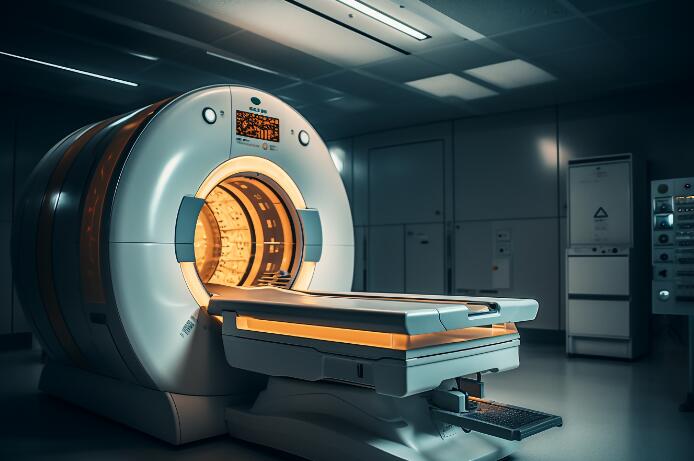AI Medical Models Gain Traction Amid Hospital Hesitation
The healthcare sector is witnessing a surge in AI-powered medical models, yet widespread hospital adoption remains slow despite growing interest. Major institutions like Shanghai Zhongshan Hospital and Ruijin Hospital have developed specialized AI tools for cardiovascular care and pathology, but funding primarily comes through government projects rather than direct hospital investment.

Image source note: Image generated by AI, image authorization service provider Midjourney
The Investment Dilemma Changzhou No. 1 People's Hospital recently allocated nearly 10 million RMB for an AI medical platform, representing one of the more substantial commitments. However, many hospitals prefer taking a wait-and-see approach. "We need proven results before committing significant resources," explains a hospital administrator who requested anonymity.
Performance Gaps Emerge Integrated AI systems combining software, hardware, and security modules have flooded the market with price tags reaching hundreds of thousands of yuan. Early adopters report mixed experiences—some devices sit unused after failing to meet clinical expectations. One purchasing manager at a regional hospital described their $80,000 diagnostic unit as "collecting dust in storage."
Success Stories Offer Hope Not all implementations disappoint. Ruijin Hospital's pathology model developed with Huawei achieves 70% diagnostic accuracy in trials—approaching human expert levels. Such breakthroughs demonstrate AI's potential when applied to specific medical challenges with sufficient data support.
The Road Ahead Three factors will likely determine widespread adoption:
- Clearer performance benchmarks from pilot programs
- More affordable implementation models
- Demonstrated return on investment for hospital administrators
Telecom companies are entering the space too, with Tianjin Medical University General Hospital successfully deploying DeepSeek's integrated AI solution. As these technologies mature, smaller hospitals may benefit from standardized systems developed through academic-commercial partnerships.
Key Points
- Major hospitals lead in AI medical model development but rely on government funding
- High-cost integrated systems often underperform expectations after purchase
- Specialized applications like pathology show promising accuracy rates near 70%
- Telecom providers are expanding healthcare AI infrastructure solutions
- Standardized systems could enable broader adoption across smaller institutions